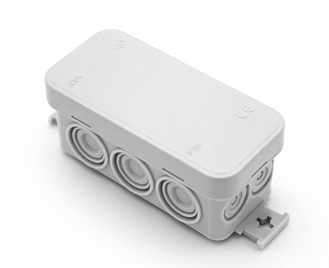DL6GCA
24
Of course you have to adapt your toroid and the wires to the power. … and then you choose a suitable box…
This can be very small. Here is an example from me… up to about 50 watts.
For the parallel line you need of course 2 sockets. …or you take something like that

73 Armin
2 Likes
